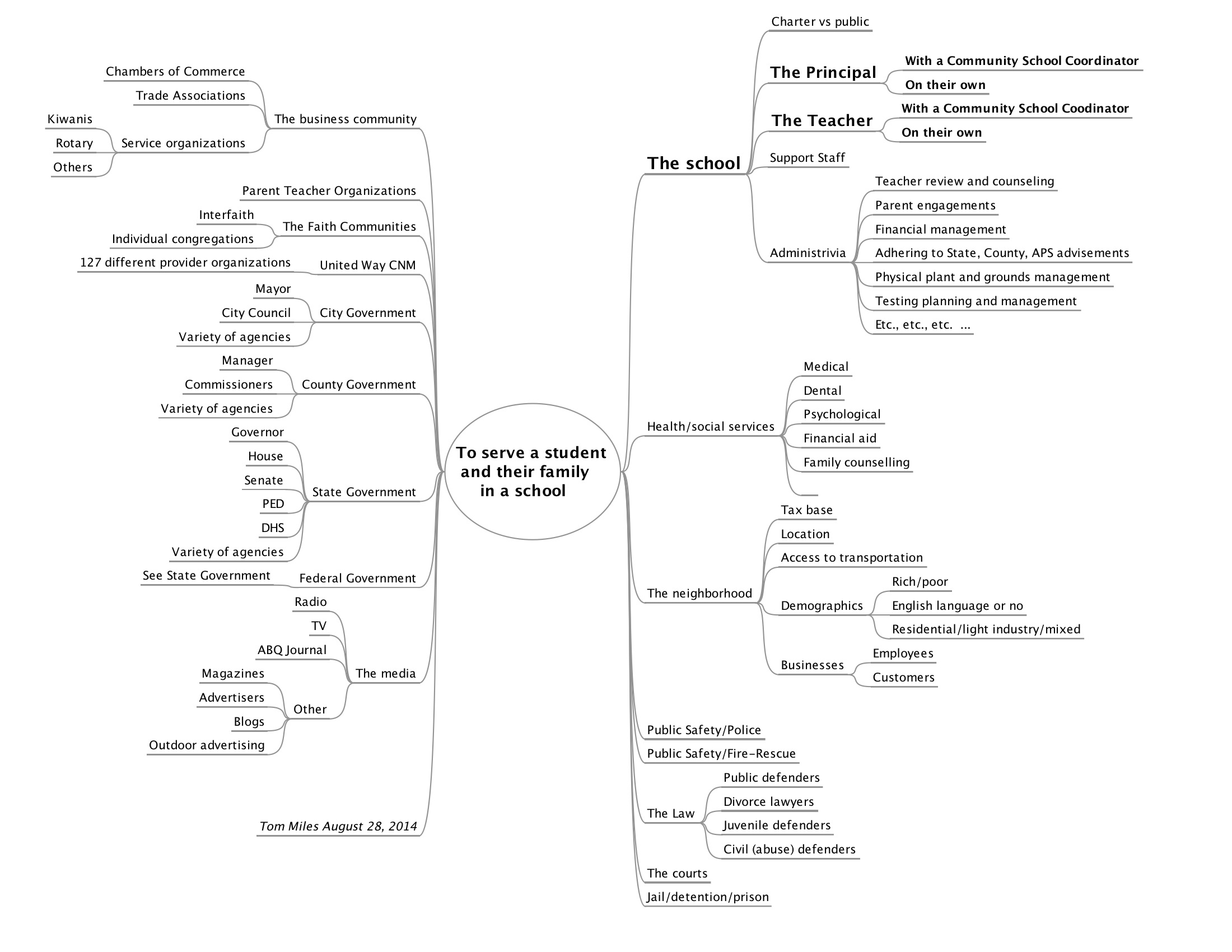A student exists in a classroom with a teacher, in a school with a number of classrooms and teachers and with a principal overseeing the operation.
The surrounding community has a plethora, a legion, of programs and resources that can be made available to support that student, that teacher, that principal, and that student’s family.
The teacher and principal too often do not have time to effectively seek out and link that student to all the appropriate supports and services available.
So who suffers?
The student, for sure. But also, the family. The teacher. The classroom. The principal. The school district. The neighborhood. The city. Businesses. All the taxpayers. Society at large
The unique role of a Community School Coordinator is to build bridges between that student and the appropriate organizations and services that can support that student and their family in breaking a cycle and succeeding in school and in life.
The unique role of ABC Community School Partnership is to create Community School Coordinator/Principal partnerships at individual schools amenable to the concept, and to sustain a community-wide viewpoint for organizing, energizing, and proliferating, collaborative efforts to support individual students and their families in their school setting
The mindmap below is a schematic of what this is and how it works. Notice that, without a Community School Coordinator, the full burden of seeking and organizing appropriate resources and programs for individual students and families falls on the shoulders of already very busy teachers and principals

